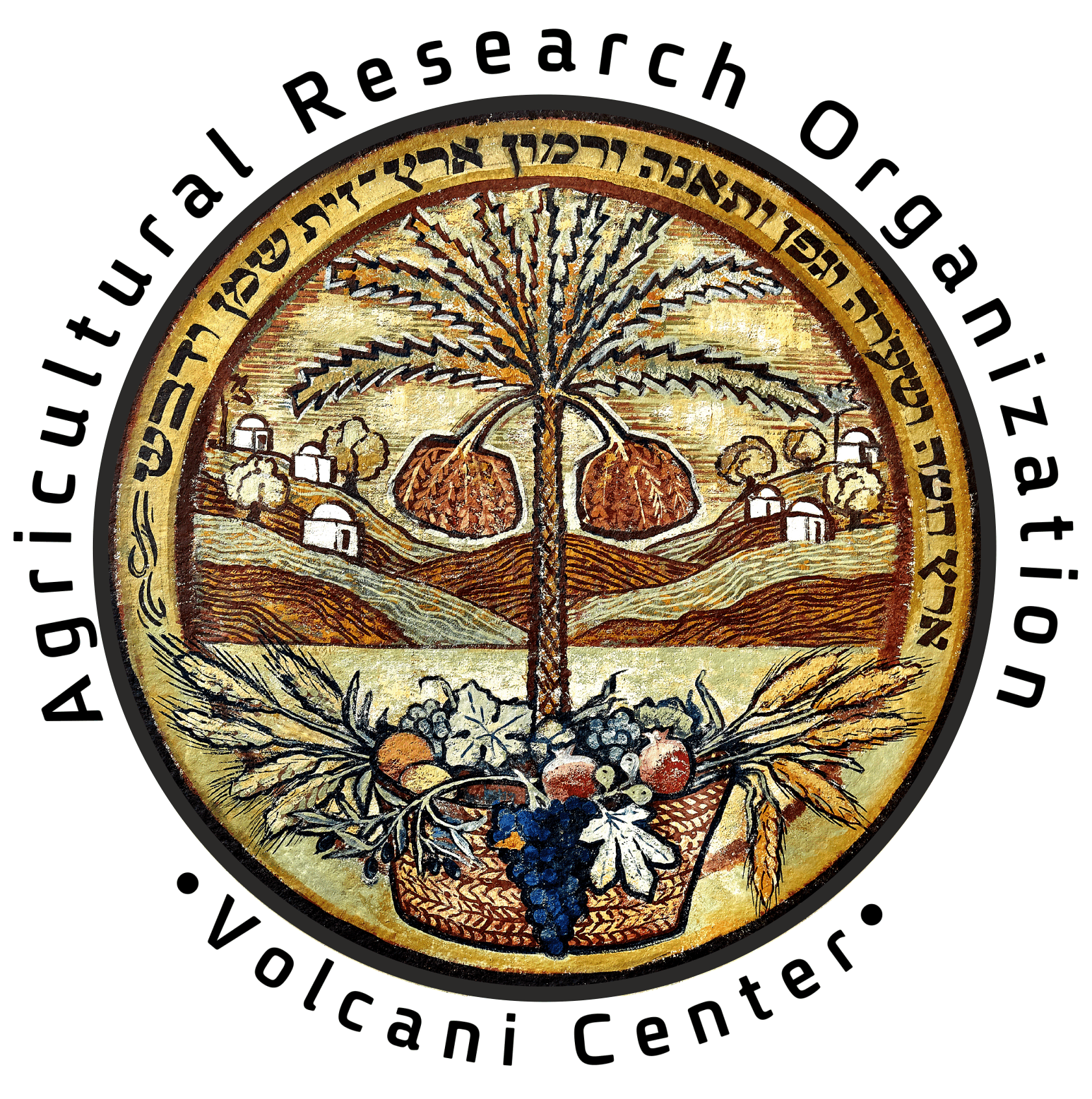Research

The Nitrogen cycle in agricultural land
Nitrogen is the primary nutrient applied to soils to sustain commercial agricultural production. On a global scale, about 50% of the applied nitrogen is taken up by the plants with the rest is lost into the environment. Accordingly, my goal is to improve Nitrogen use efficiency (NUE) in fertilized agriculture and to minimize the leakiness of nitrogen from agriculture into the environment. In my lab, we study different aspects of the soil nitrogen cycle. We work to develop methods of quantification at the plant to field scale, studying the effects of irrigation water quality (desalinated, brackish and treated effluents) and fertigation regime on the NUE.
Read More:

Precision nitrogen application in orchards
Providing each tree in an orchard with its optimal nitrogen needs, may be a win-win situation where less nitrogen is applied, the yield and the nitrogen use efficiency (NEU) increase while the pollution decrease. We combine remote sensing with soil and plant measurements to optimize N input and to identify potential hotspots for nitrate leaching and N2O emission in the orchards. By doing so we aim to develop tools to identify the optimal place for soil sampling and monitoring.

Optimal utilization of phosphorous from biowastes
Phosphorous (P) based utilization of biowastes (i.e., sludges, composts, manures etc.) in agricultural land can increase soil fertility and plant yield. In our group, we study the effects of the biowaste origin and stabilization process on its P availability dynamics. With this knowledge, we hope to develop methods by which the applied biowaste will match the crop nutritional needs ensuring minimal losses to the environment. For this, we use lab, greenhouse and field experiments together with geochemical, and flow and transport computer simulations.




